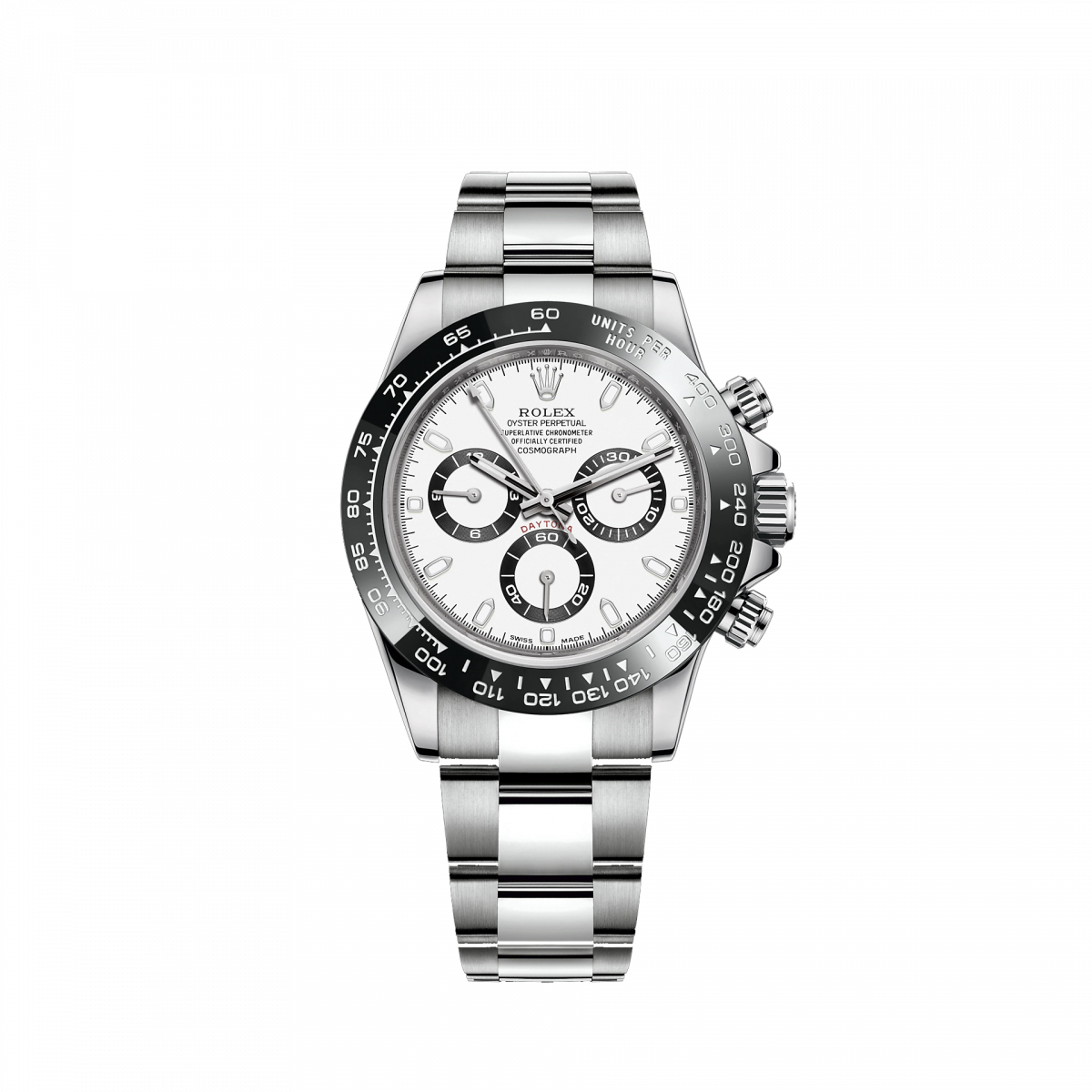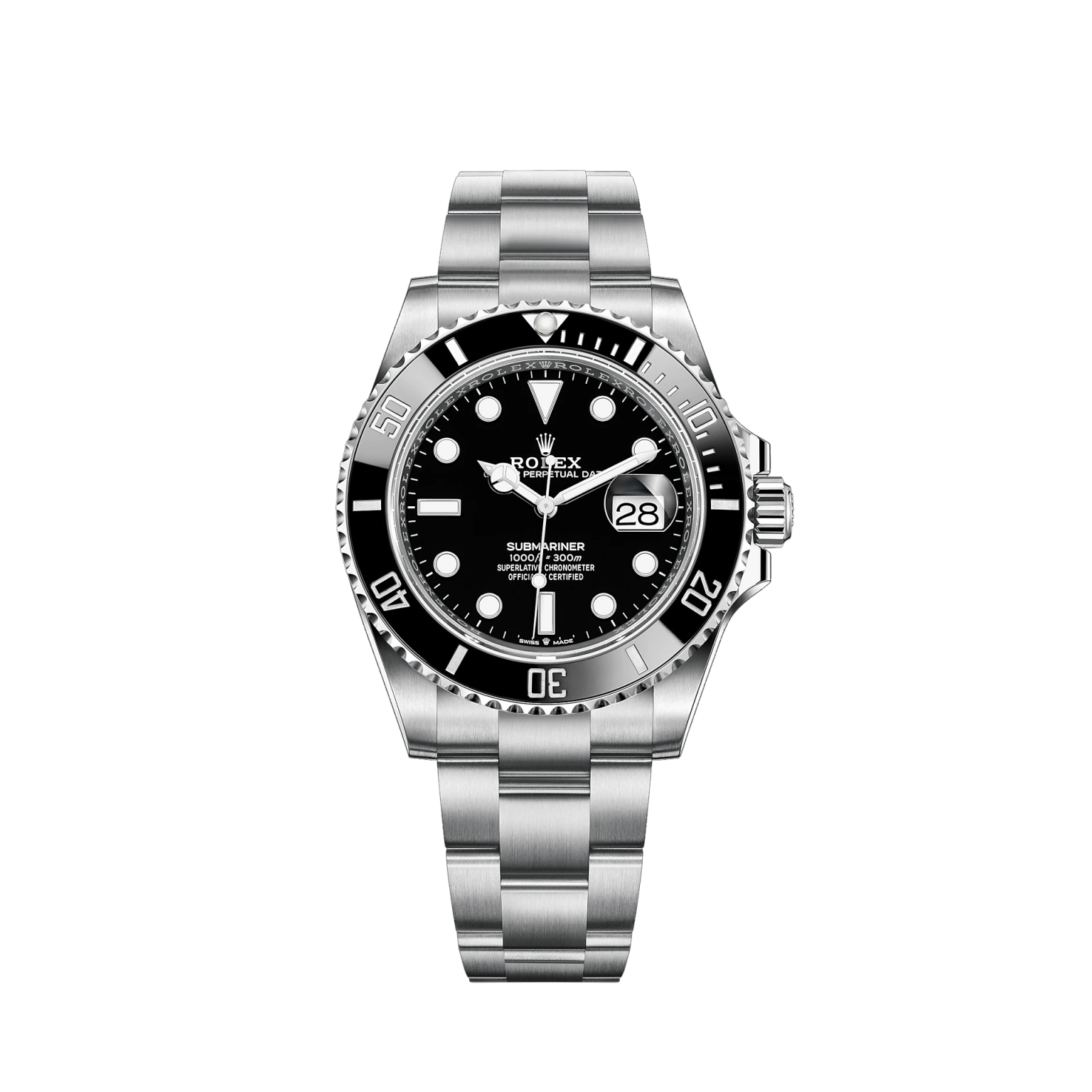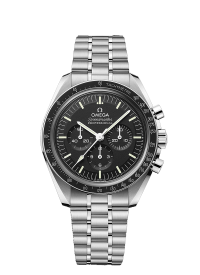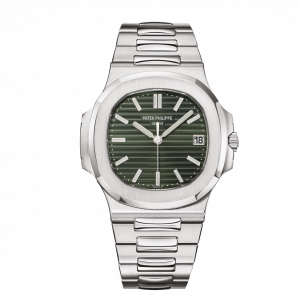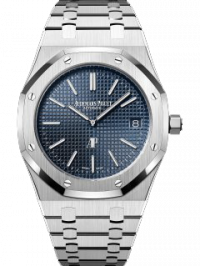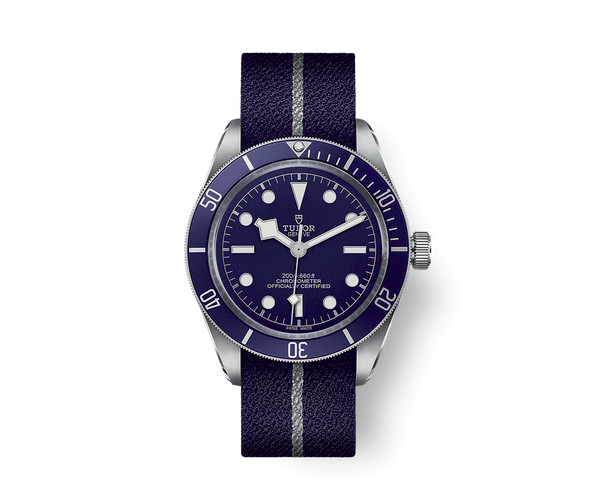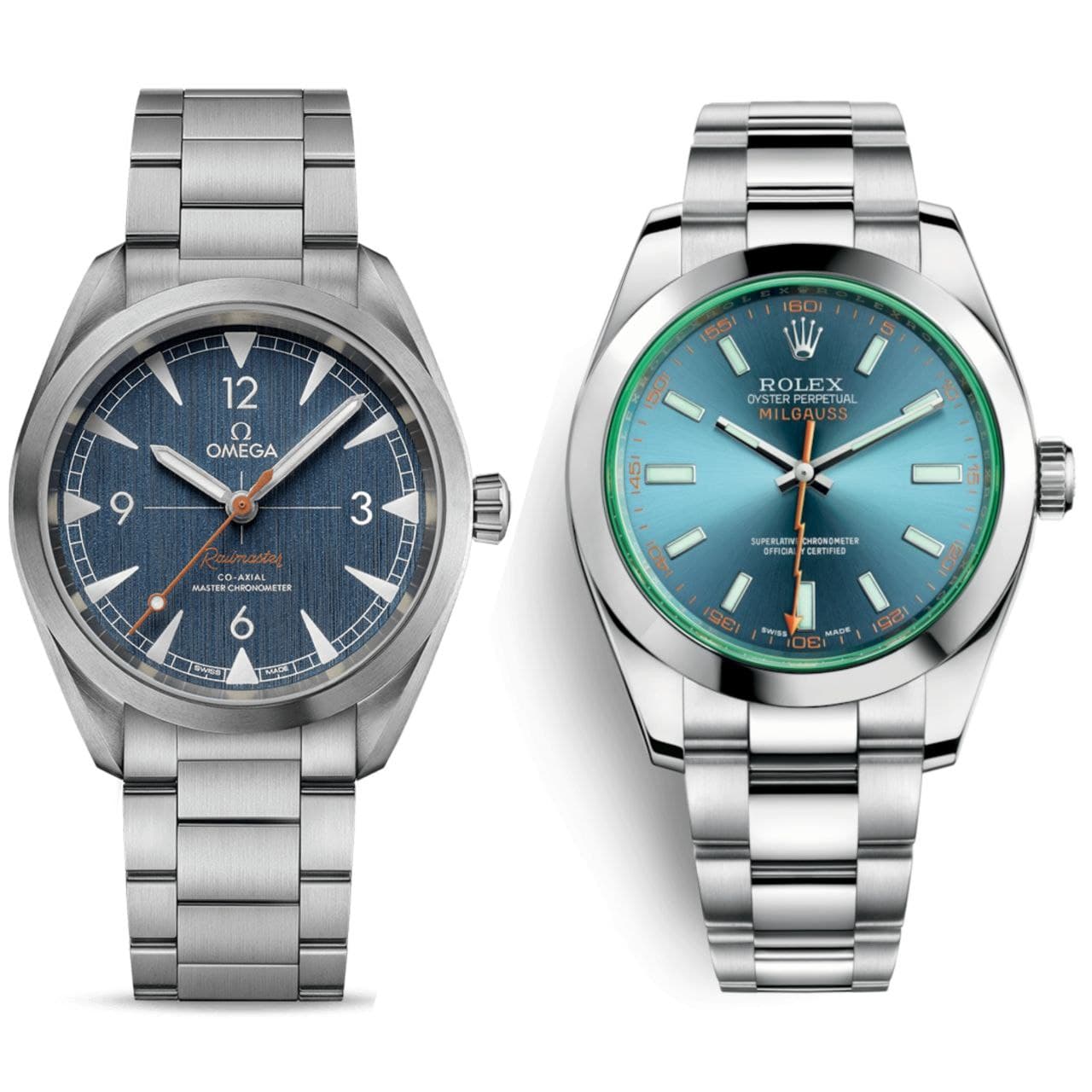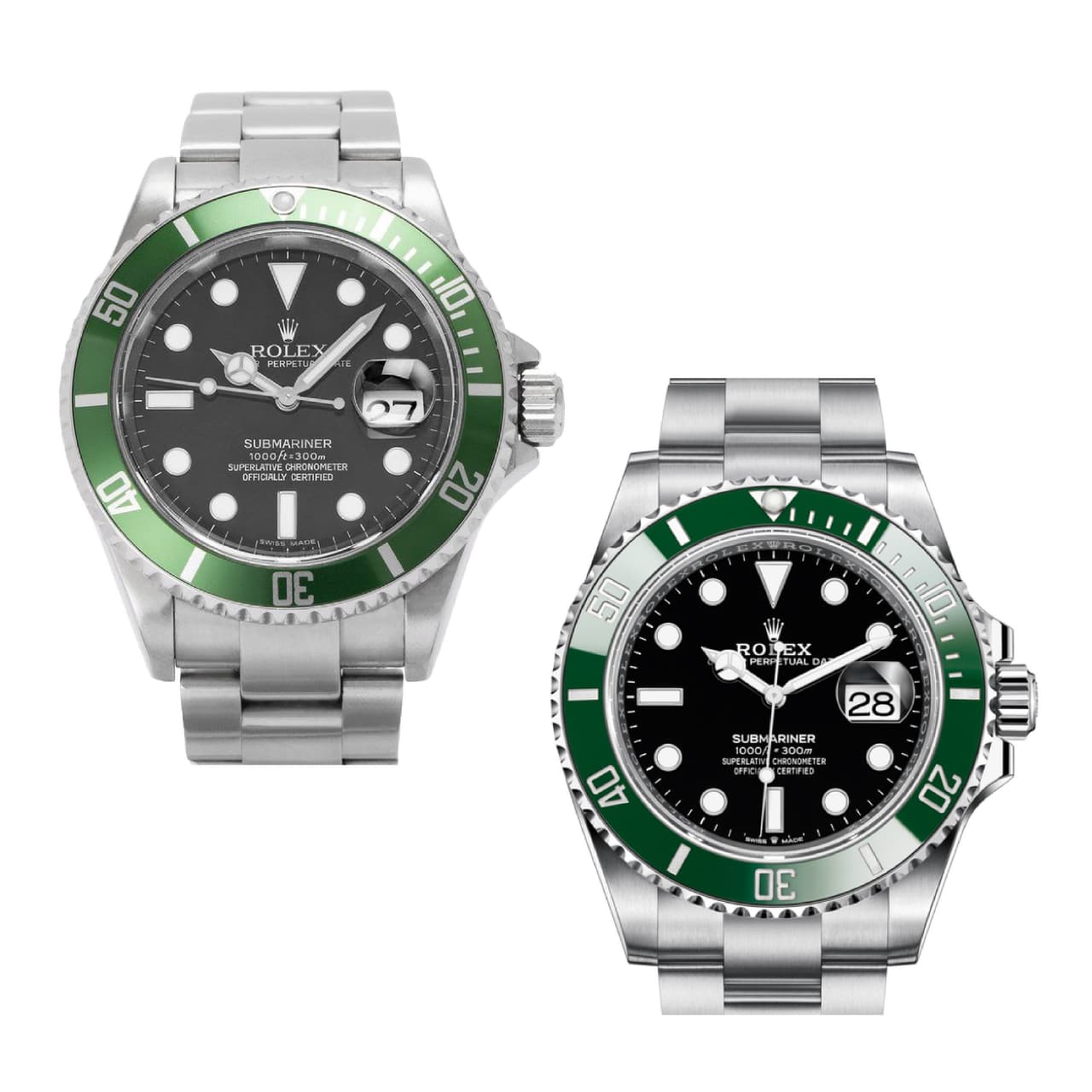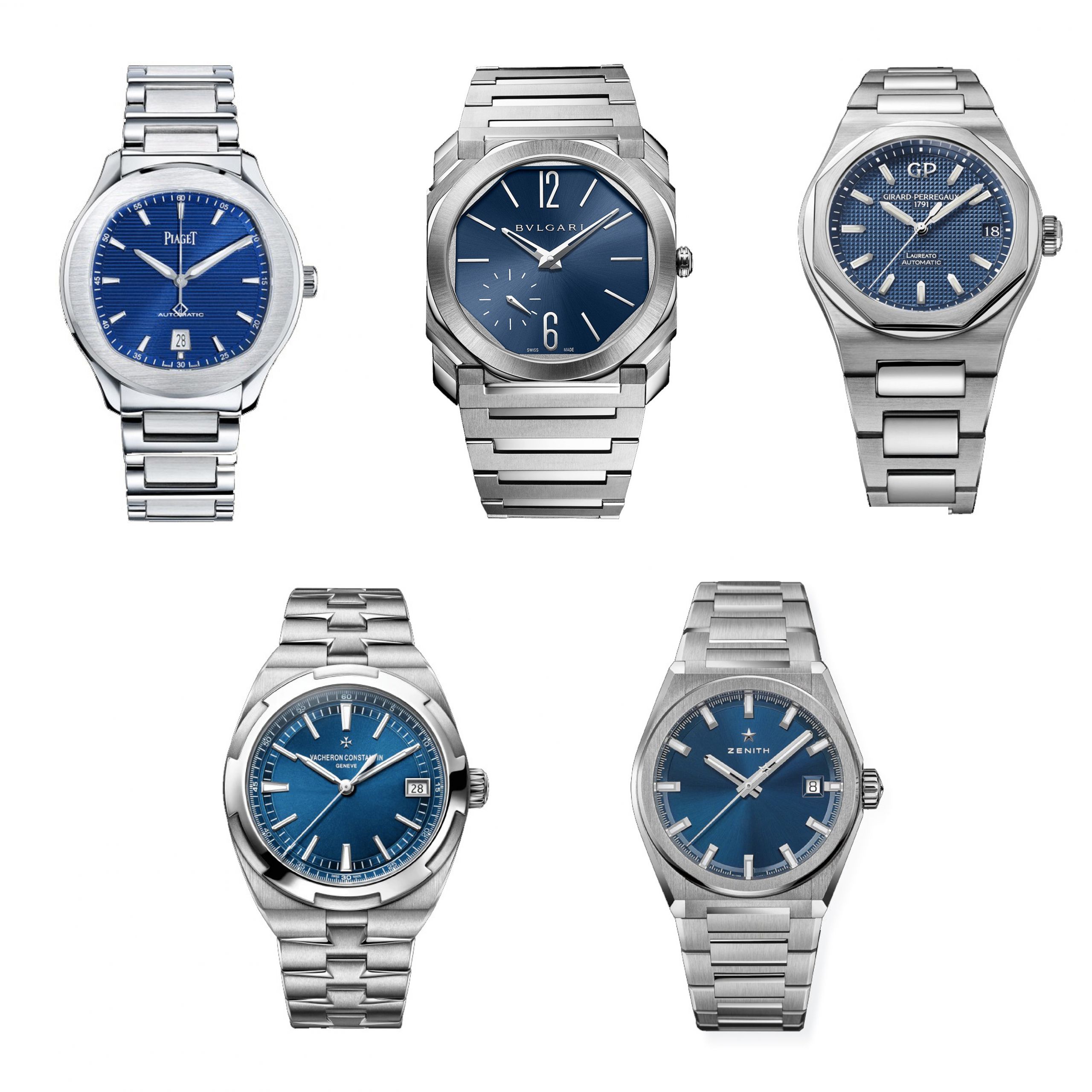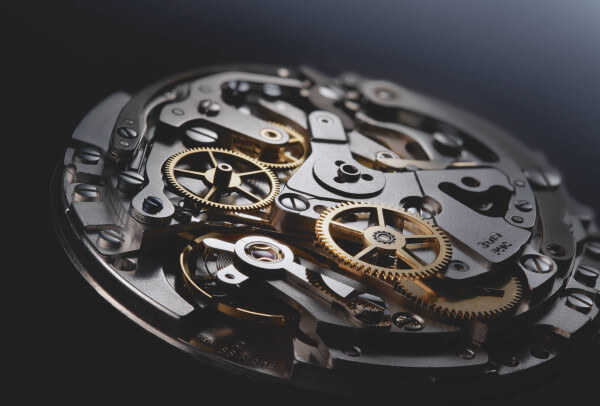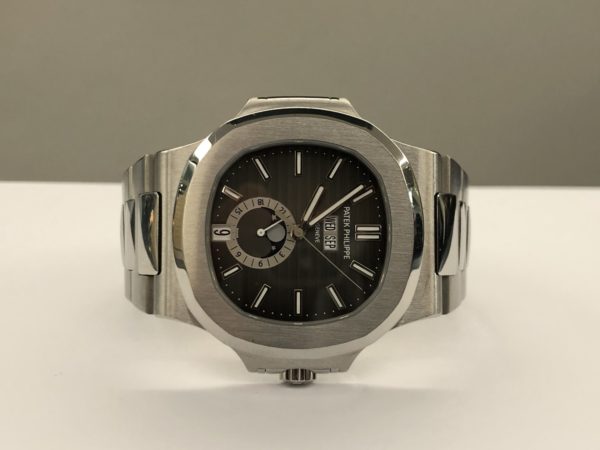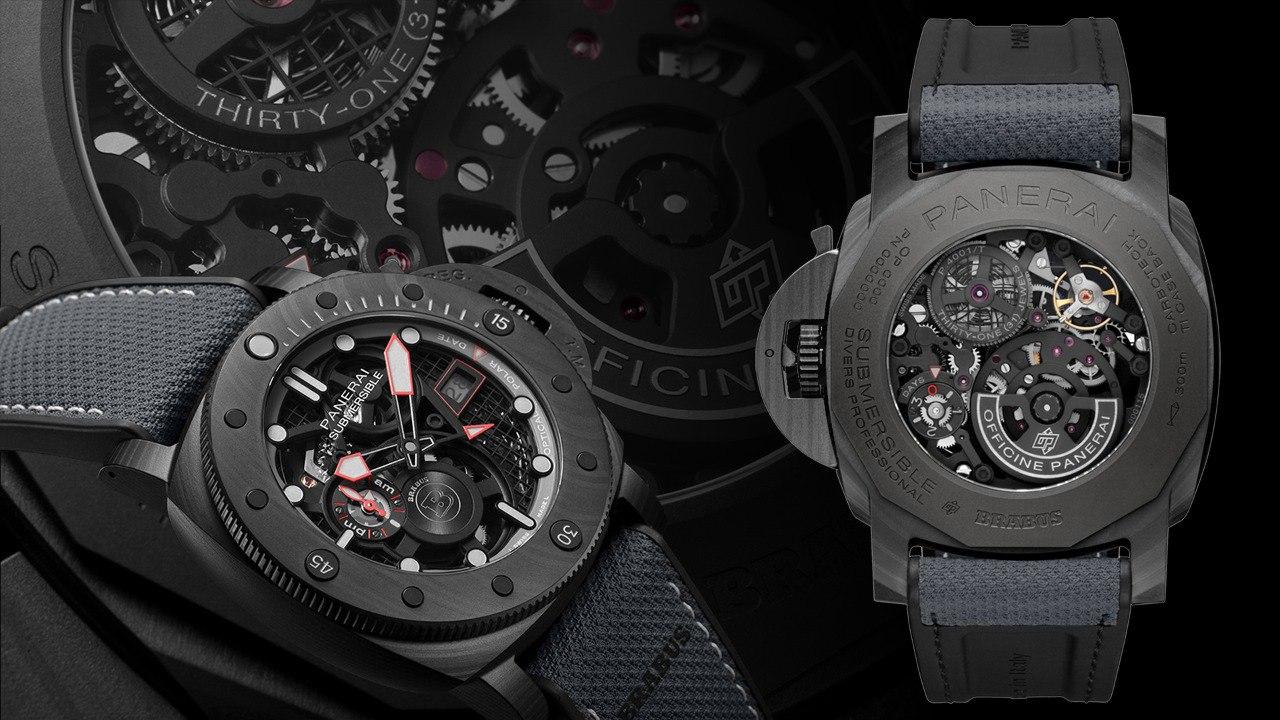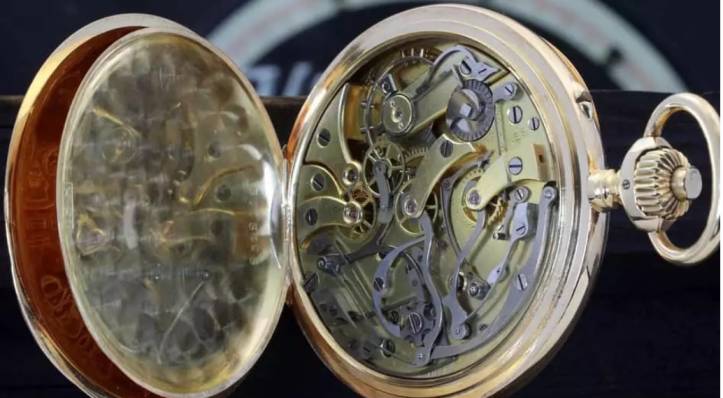Today we see a comparison between the Zenith El Primero A385 vintage and its modern reissue, lo Zenith Chronomaster A385 Revival. Thanks for your cooperation LaClexidra, historical company for decades active in the trade of watches in Verona, which has made these timepieces available to us.
The habit of presenting re-editions of their products from the past is spreading among Swiss watchmakers. Mind you, being inspired by tradition has always been a characteristic feature of all maison, but the trend we have been witnessing in recent years is to create not only new watches with some stylistic features taken from their own production history, but real refurbishments: timepieces that faithfully reproduce objects from thirty, forty, fifty years ago.
What is the reason for this wanting to go back? This is not a mere nostalgia operation, although certainly the fashion of the vintage it has its weight, especially in the cultural context vaporwave, a musical and stylistic subculture very present on the internet that recovers styles from the Eighties. The fact is that in recent times, especially in the nineties, watches have increased in diameter, for fashion reasons, to the point of losing their wearability. This has generated a demand for more "wearable" wristwatches to complement the current offering of "oversized" watches. Here it is then the shapes of the seventies and eighties, created to enhance case sizes under 40 millimeters, become ideal for bringing to the public timepieces that do not just “resize” the case of larger watches, but that find a harmony between size and shape.
To be able to re-propose a model of the past, however, one must have a success story behind it. Not all that is vintage for this very reason it is aesthetically successful. There aren't many watches that have stood the test of time, e among these there are certainly the Zenith Series El Primero.
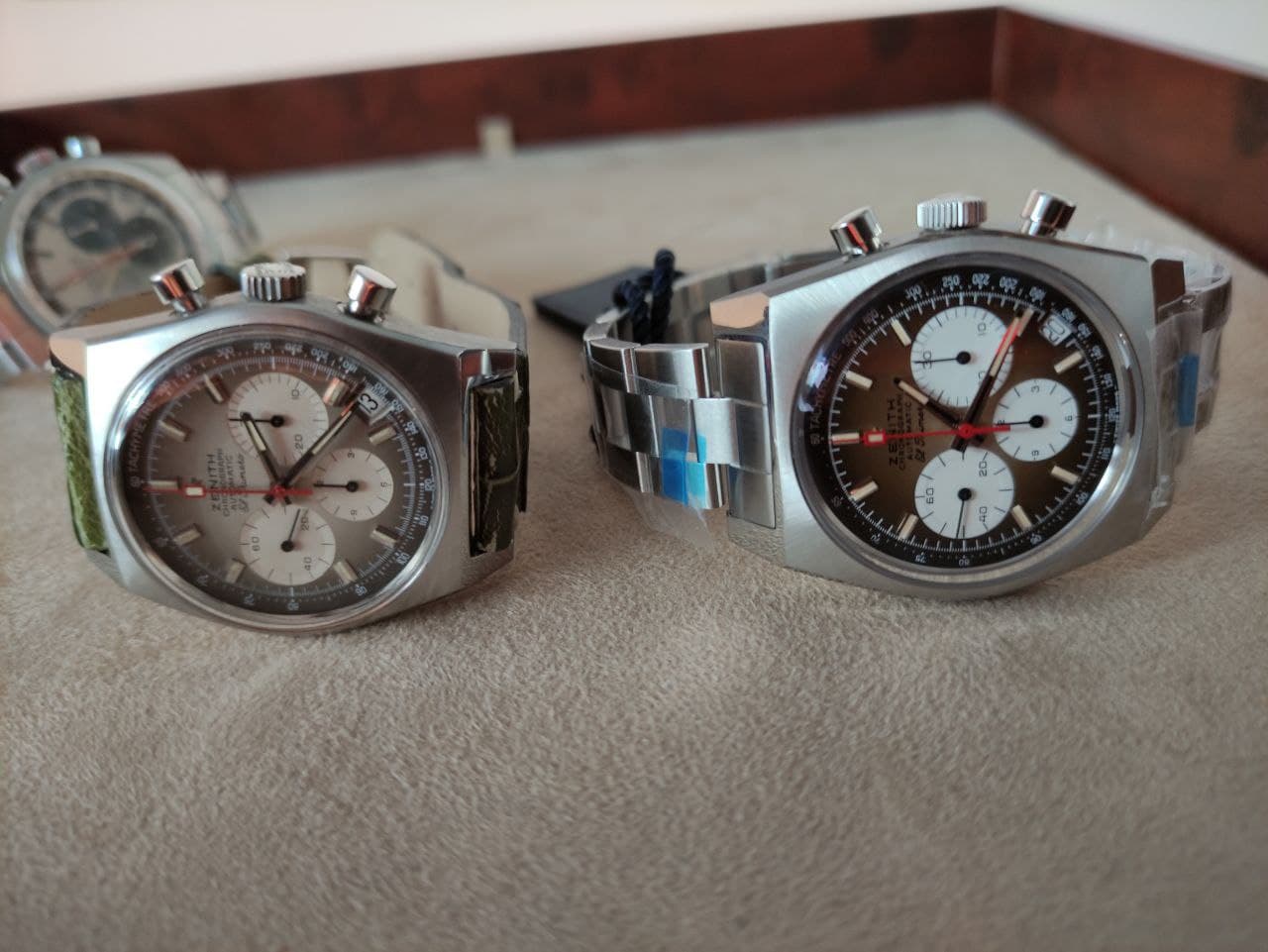
Charles Vermot, the savior of Zenith
The history of the Zenith El Primero, which we have told here, it's fascinating. Equally extraordinary is the story of how this magnificent watch is saved from a seemingly inescapable end, thanks to the self-denial of one man.
The history of the Zenith re-editions we are dealing with today can only start from that of a man, Charles Vermot, who personally risked their workplace to protect the company's historical heritage. Vermot is one of the creators of the First, the world's first automatic chronograph. In the seventies, zenith, like many other companies in the sector, it is strongly affected by the Quartz Crisis, and has to deal with a management willing to abandon mechanical watchmaking in favor of new electronic modules. The order is then given to sell the pieces necessary for the production of the First as a scrap metal. But Charles Vermot, watchmaker, disagrees. He is convinced that mechanical movements still have a future and chooses to save the most innovative creation of zenith. Charles Vermot then devises a plan that has the flavor of the legend: he collects one by one all the components, all the projects, all the tools necessary to produce the caliber 3019 of the First, e literally hides them in the attic, behind a brick wall. With this act of disobedience to the orders of his superiors, Vermot ensures a future a zenith. In the eighties, Rolex contact zenith, requesting the provision of the movement of the First to make your own Daytona for the first time automatic, with the caliber that will be called Rolex 4030. It is the ransom of Vermot, triumphantly showing his colleagues the equipment he had saved and allowing Zenith to get back on track.
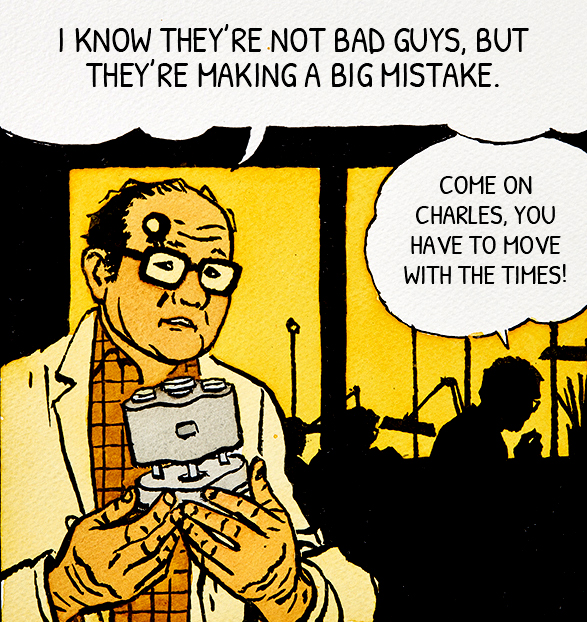
Charles Vermot in the celebratory comic commissioned by Zenith in honor of his feat
Today, Zenith has returned not only to produce the First, but it has enriched it with new features, such as hundredth of a second measurement. To celebrate and remember how El Primero changed the cards on the table in the world of the clock, fifty years ago, Zenith reopened that famous attic, finding something surprising.
Vintage or modern, the comparison
In the attic of La Chaux-de-Fonds where Vermot hid the secrets of the production of First, A box containing gods was found dials. But not simple dials: they are prototypes, never entered into production, of shaded dials, something that, at the time, was extremely innovative.
Zenith has chosen, after decades of oblivion, to bring those dials and shapes back to light, with a faithful re-edition of the original First, lo Zenith Chronomaster A385 Revival. Let's go today to tell you about this model, with the first-hand experience made possible by the collaboration of LaClexidra by AFAD Srl, Verona jewelry that has made available to us both the re-edition of the A385 and the original model, a piece of watch history with all the charm of the past. So let's see how it is Zenith Chronomaster A385 Revival it is measured against its predecessor.
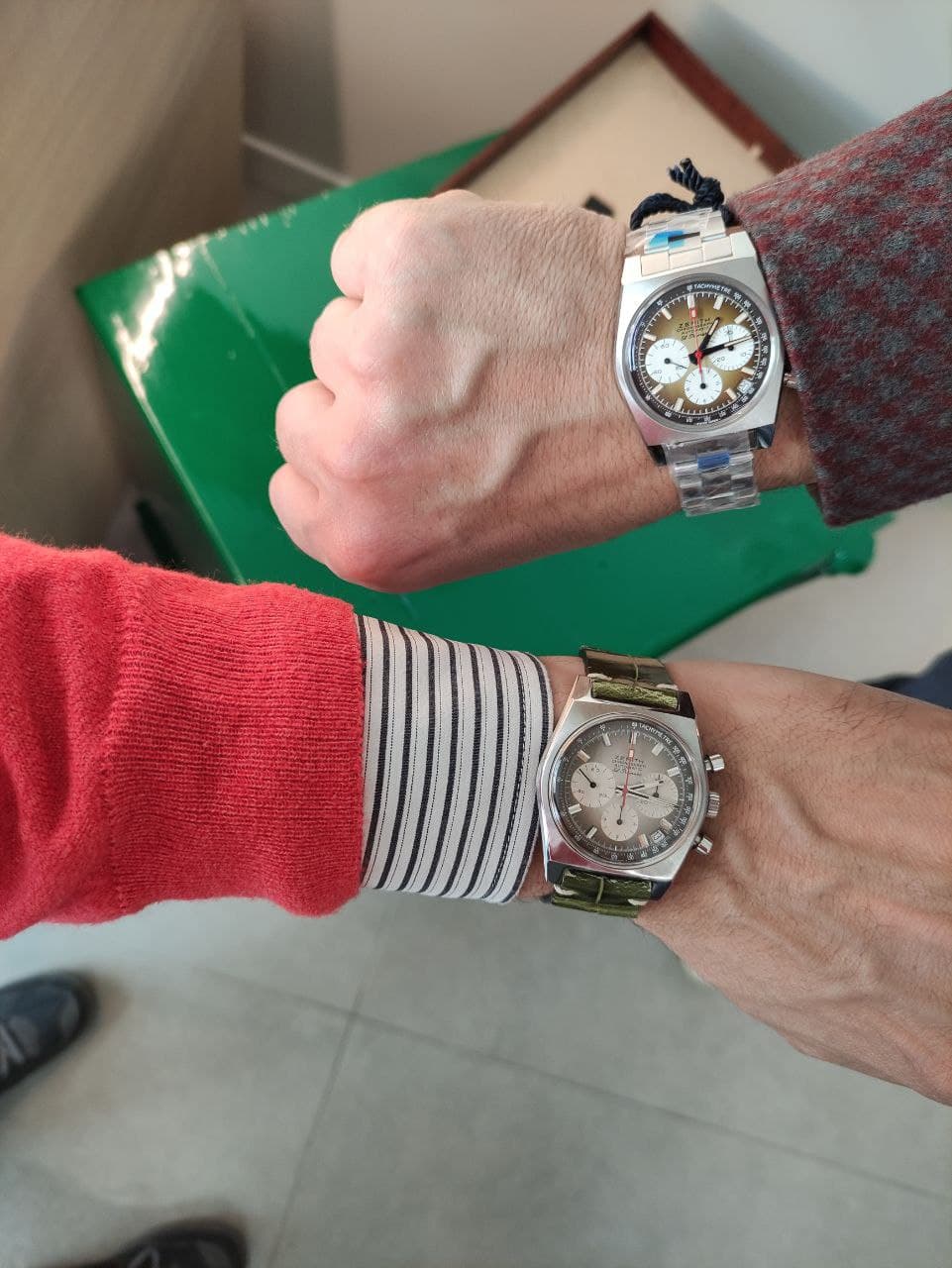
Zenith Chronomaster A385 Revival vs Vintage: aesthetics
Aesthetics is a field in which the two watches, the new one and the vintage, are extremely close. Unlike other re-editions, which limit themselves to imitating past stylistic features in a modern key, here it is difficult to distinguish one watch from the other with the mere use of sight. The case diameter, the Achilles heel of many contemporary watches that seem designed for wrists as big as ankles, here it is finally maintained in the exact canons of the seventies: thirty-seven millimeters.
The dial of the Zenith Chronomaster A385 Revival, which manages to be a call vintage without however being "forced".
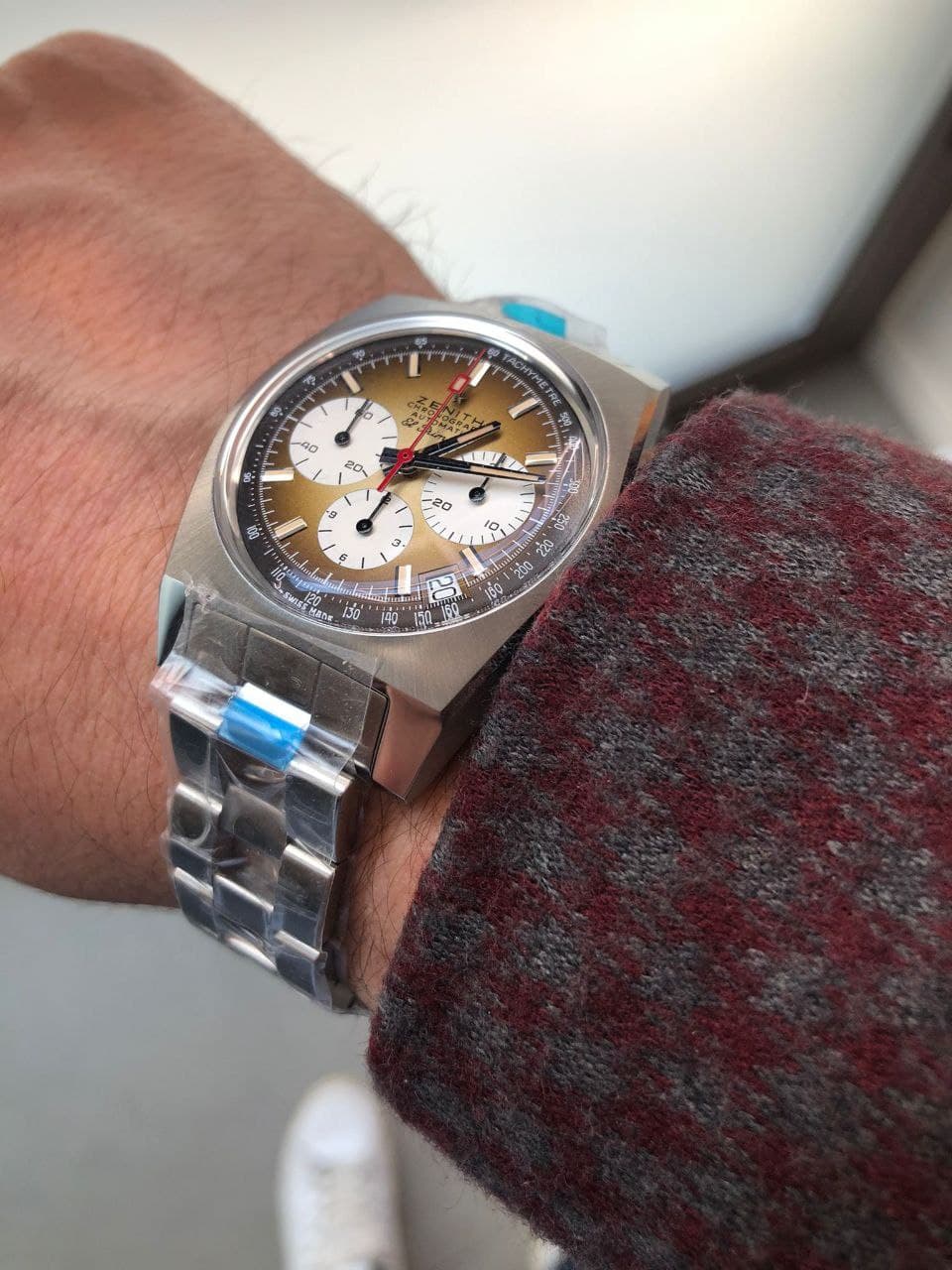
Zenith Chronomaster A385 Revival vs Vintage: the materials
The difference between the Zenith Chronomaster A385 Revival and its counterpart vintage here it appears marked. The typical sensation of solidity and "structure" of modern watches is clearly perceptible in the new one chronomaster. Lo Zenith vintage it is obviously very well made, but the difference in the perception of robustness that contemporary timepieces give is particularly marked here. Another aspect to consider is glass. In its version vintage, First mount a glass plexi, easy to scratch but just as simple to replace with an inexpensive and easy-to-install replacement. The modern Zenith Chronomaster A385 Revival instead it presents a sapphire crystal scratch-resistant which in daily use is more practical, but at the time of maintenance it requires more attention, like all sapphire crystals, from the watchmaker who takes it apart.
Zenith Chronomaster A385 Revival vs Vintage: the mechanics
Nothing to say about the movement: it comes in both watches of the Zenith El Primero 400, which for fifty years has continued to make the history of watchmaking, and is the only one still in production since the great race to the automatic chronograph, in 1969, despite the interruption of production following the quartz crisis of the XNUMXs. It is a movement that has been able to resist over time and establish itself as a reference in the sector: its presence in Zenith Chronomaster A385 Revival it is not just a tribute to the past, but a technical merit that distinguishes this timepiece from the competition. In the case of the Zenith Chronomaster A385 Revival, the back was made of glass: a choice that certainly divides enthusiasts between those who appreciate the possibility of observing the movement and those who do not forget that the Zenith vintage, equipped with a steel caseback, it is easier to maintain and preserves
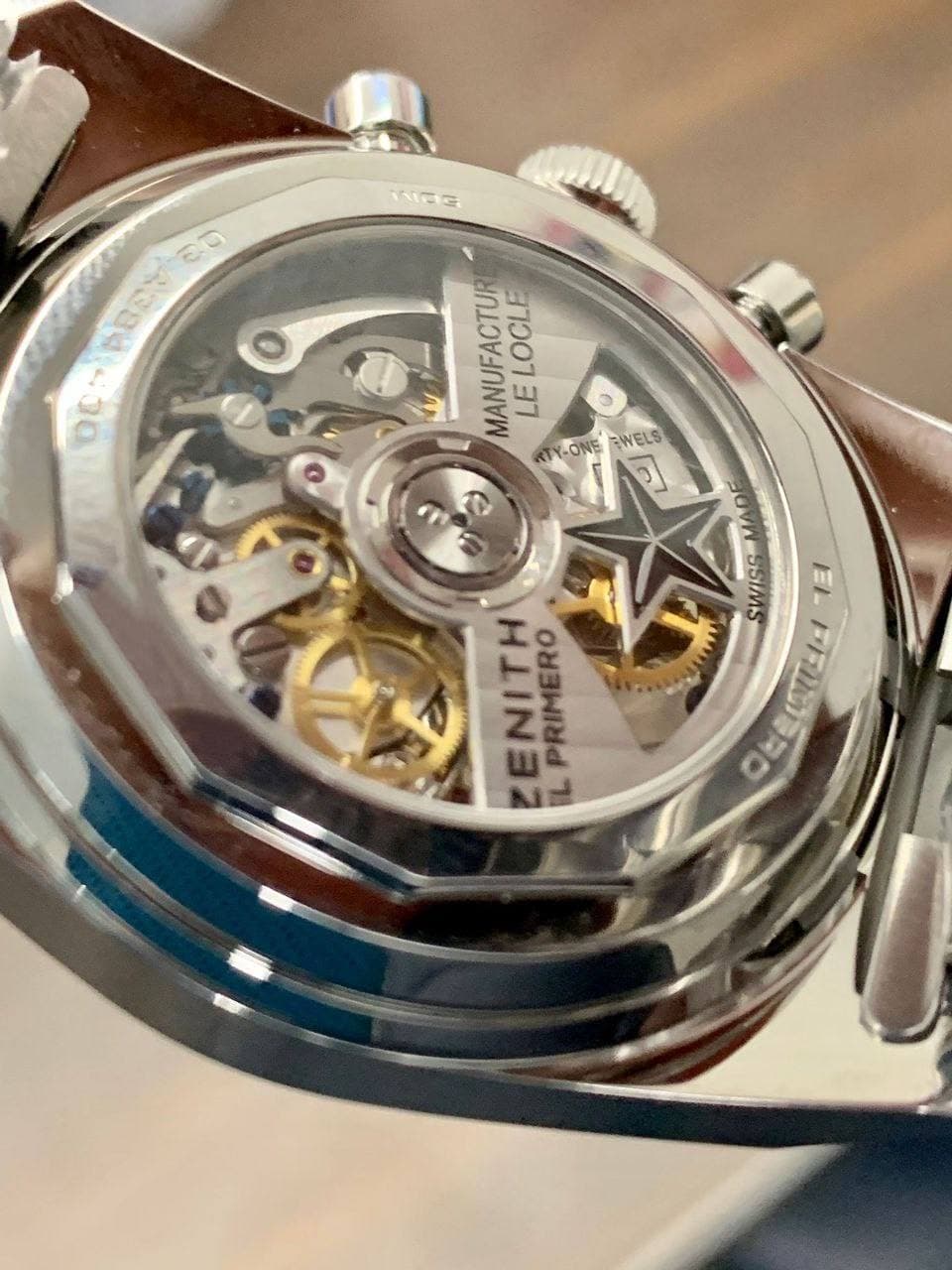
Zenith Chronomaster A385 Revival vs Vintage: on the wrist
Wearing it Zenith Chronomaster A385 Revival you have the feeling of wearing a watch out of the past. The difference between the version vintage and the re-edition is in the overall feeling of having a more massive object in your hands, made with denser and therefore heavier materials. Comparison with the version vintage however, it is not unequal: the previous model, especially when mounted on a strap, is just as pleasant on the wrist. The difference is felt above all in the "ladder" bracelet: philologically correct, because it faithfully reproduces the aesthetics of its predecessor, the modern bracelet of the Zenith Chronomaster A385 Revival however, it has a more robust and "substantial" construction than the lighter bracelets of the past.
Zenith Chronomaster A385 Revival vs Vintage: conclusions
Lo Zenith Chronomaster A385 Revival presents itself as an excellent alternative to the original for vintage lovers who do not want to take the risks of buying a product made half a century ago. A new watch, by its nature, it has movement, seals, perfectly functional materials, never used and free from wear. Those who have a more "cautious" approach and are willing to accept to use their watches more carefully, taking care of regular maintenance - advisable in any case, but even more important in antiquated watches - can calmly turn to the vintage. In any case, it is Zenith El Primero it is always a nice item to have on your wrist!
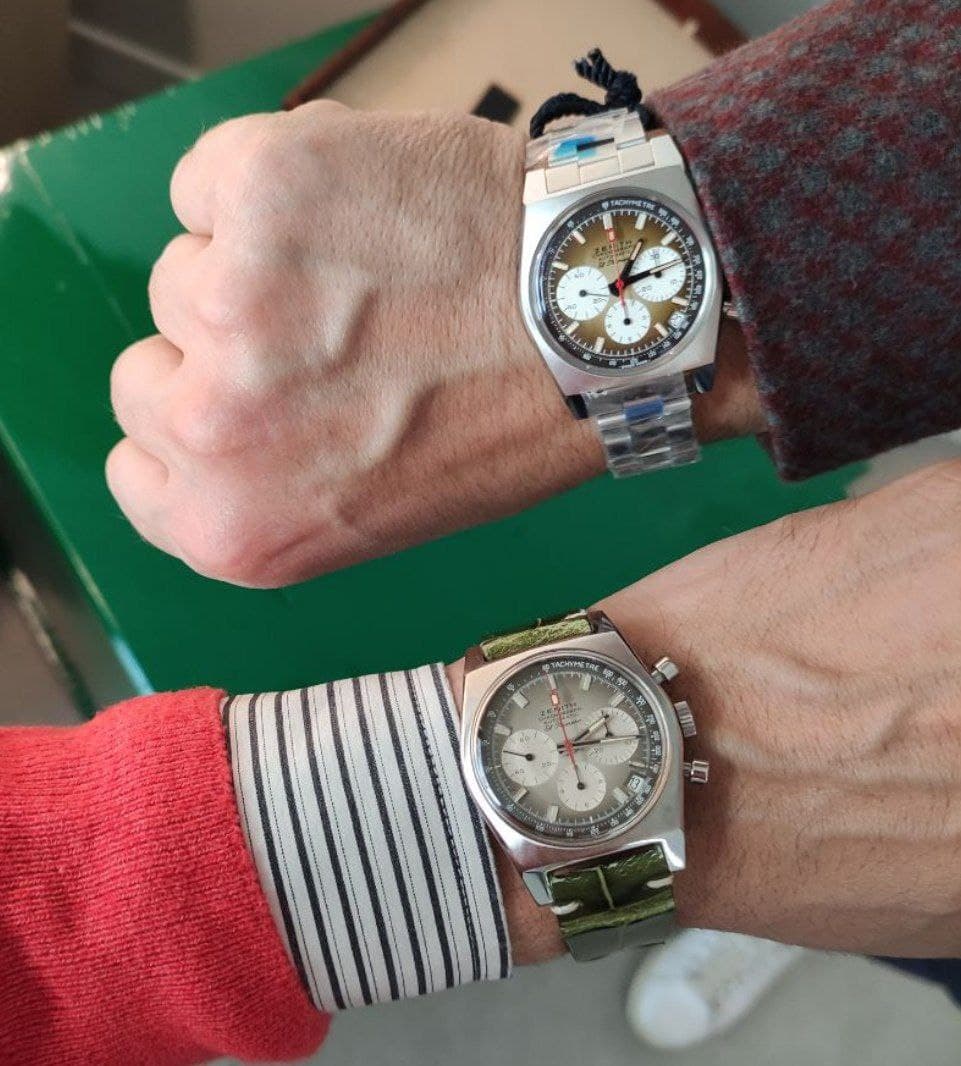
If you liked this article, subscribe to the Chronosect Newsletter (at the bottom of the home page) and read our Shops!


